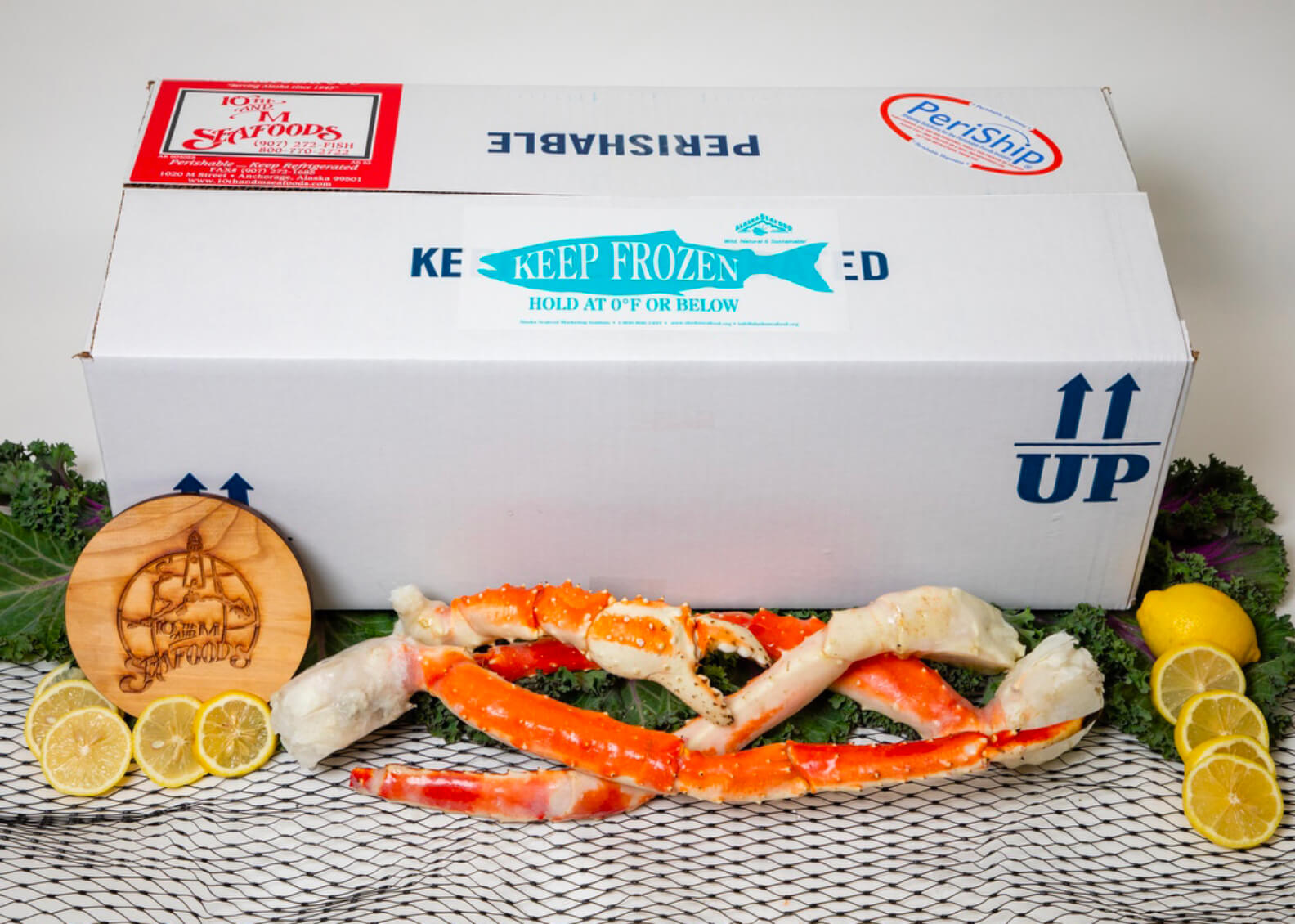Optimizing Websites for Search Engines (SEO)
Take charge of your business’s online presence
People visit sites that show up in search engine results. They peruse sites that are visually pleasing, easy to navigate, and contain relevant content. As a full-service marketing firm, we provide clients with beautiful, user-friendly websites designed to turn a visitor into a returning customer. Sites built or redeveloped by Walsh|Sheppard are thoroughly tailored for readability and prominent featuring across all major search engines. In layman’s terms: we build the front of the site for people, and the back of the site for computers.
Understand the strategy behind SEO
Search engines run upon a sophisticated series of algorithms, designed to sort and filter information for their human users, which is then presented in the order of greatest relevance. Back-end website code must properly translate front-end website content, so that a search engine can recognize it, and recommend its relevance to users. A poorly-optimized website risks being crowded out by competitors, or worse—black- listing by a search engine that has deemed its content suspicious.
Given the compounding rewards and low cost to our customers, Walsh|Sheppard’s digital marketing strategies will always include Search Engine Optimization as a good-sense practice.
CASE STUDY: 10TH & M SEAFOODS
Walsh|Sheppard organized a six-week digital campaign for 10th & M Seafoods that targeted audiences within Alaska and the greater United States. Using social media marketing, search engine optimization, and digital ads, our combined digital advertisements netted an 809% return on investment—as measured purely through online orders.
During the campaign, 85% of website visitors were new customers. It is highly likely that a portion of phone and walk-in orders can be attributed to impressions created via online media channels. It is also likely that sales driven by indirect marketing (word of mouth recommendations between customers) occurred at a significant rate. 10th & M Seafoods also increased their social media followers by 11.45% as an indirect campaign benefit.

